With the London Symphony Orchestra often playing like some commanding and relentless force of nature, Sir Simon Rattle steered two mighty avalanches of Nordic sound into a concert of granitic authority last night. However, I suspect that many people will have left a packed Barbican thinking most of the uncanny winter wonderland that separated these two mountainous symphonies. With Sibelius’s Seventh and Nielsen’s Fourth (the so-called “Inextinguishable”) on either side of her performance, Canadian soprano Barbara Hannigan recreated, as she has now done with a dozen ensembles, Hans Abrahamsen’s let me tell you.
In 2013, the Danish composer (pictured below by Lars Skanning) wrought this entrancing half-hour monologue for voice and orchestra from a haunting novella that the writer and critic Paul Griffiths fashioned out of the words – and only her 483 words – that Ophelia speaks in Shakespeare’s Hamlet. Its icy, otherworldly beauty has already secured let me tell you the status of a semi-instant classic; Hannigan, Rattle and the LSO once again showed why. 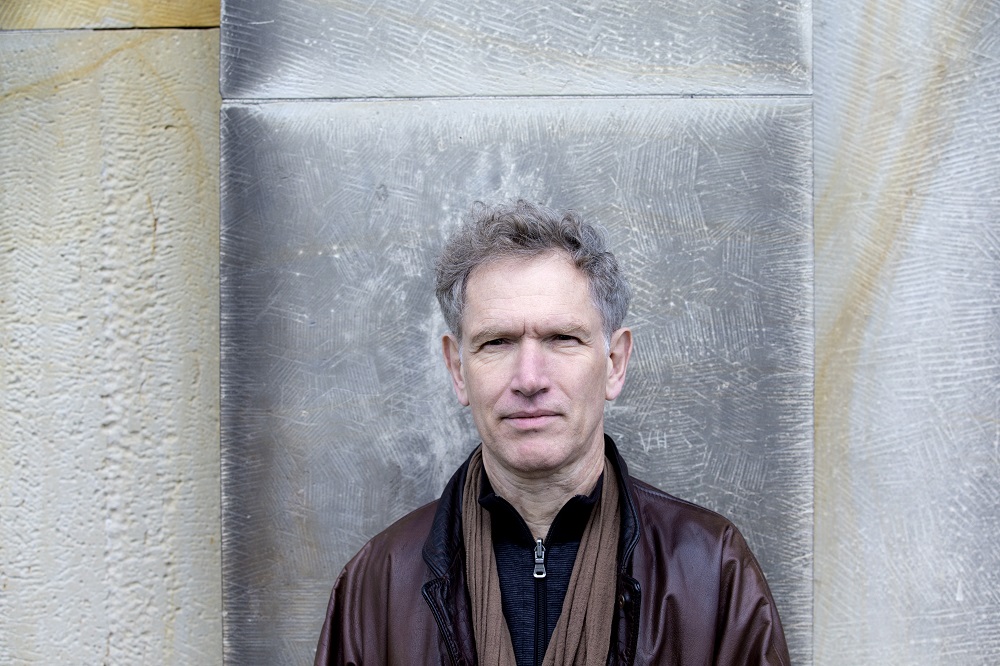 In contrast to Abrahamsen’s pointillist and elliptical methods, both Sibelius and Nielsen deliver massive, impacted blocks of ever-mutating sound in works that channel all the turbulence of their times (1923 and 1916 respectively). The Sibelius has no formal movement breaks but evolves from mood to mood, tempo to tempo, like some musical glacier inching forwards. Nielsen does mark divisions, but as his four “movements” play as a continuous, unbroken whole the effect – in this case over a longer span of time – has the same, cumulative and remorseless, intensity. With these twin behemoths strutting their stuff on either side of the interval, we needed that magical Ophelia.
In contrast to Abrahamsen’s pointillist and elliptical methods, both Sibelius and Nielsen deliver massive, impacted blocks of ever-mutating sound in works that channel all the turbulence of their times (1923 and 1916 respectively). The Sibelius has no formal movement breaks but evolves from mood to mood, tempo to tempo, like some musical glacier inching forwards. Nielsen does mark divisions, but as his four “movements” play as a continuous, unbroken whole the effect – in this case over a longer span of time – has the same, cumulative and remorseless, intensity. With these twin behemoths strutting their stuff on either side of the interval, we needed that magical Ophelia.
In the Sibelius, Rattle spun the dark silk of the LSO strings into a sumptuous fabric that, for all its beauty, tended to cloak the other sections in its lushness. He coaxes a wonderfully immersive Sibelian sound from his band, even if at moments – especially in the central adagio – the reading felt too emphatic, almost forthright, rather than properly mysterious. Even at the climax, when the symphony’s great trombone theme returns in triumph, the trackless forest of the strings tended to hide the flourish of the brass in its wraparound depths. The C major finale, though, glowed with all the sombre radiance it requires.
In some ways the Nielsen, with its madcap invocations of some pantheistic, “inextinguishable” life-force, better suited Rattle’s approach last night. If the Sibelius resembles a rushing river churned from below by semi-visible cross-currents, Nielsen presents us with a smashed mirror and asks us to reassemble the glinting fragments into a reflection of ourselves. Discontinuous and shattered megaliths of sound jostle and bustle, straining to impose coherence on this scintillating but jagged musical landscape. Rattle relished the disconcerting textures and colours of each part, from the sinister glamour of the massed cellos to the gnawing anguish of the violas and crying, even shrieking, violins. In the “poco allegretto” section, the frank and cheerful woodwinds promised a return to innocence in a theme that suggests a chorale trilled out in a village church. Soon enough, though, we're back to a rugged terrain of ambushes and eruptions, often imbued with galvanic energy by Rattle as he pivoted on the podium to spotlight first one section, then another. At the work’s raucous finale, while a noble E major theme struggles towards an almost Mahlerian farewell serenity, the two timpani disruptively engage in a crazy battle of the drums. That thunderous tit-for-tat was enjoyed to the max by Nigel Thomas and Erika Ohman. The LSO made the most of gentler passages as well, above all in the mournful, wistful solos of last night’s guest leader, Julien Szulman.
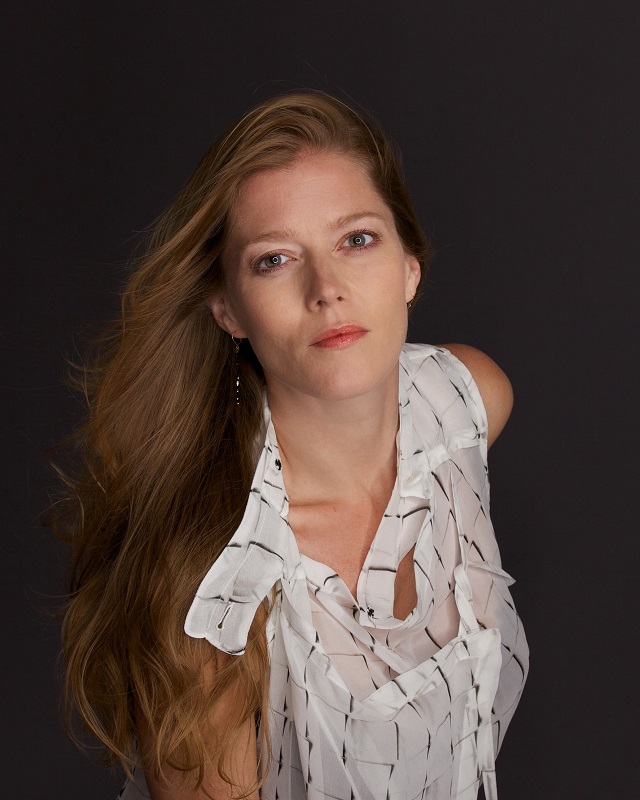 Between these twin Nordic peaks, Abrahamsen’s let me tell you confirmed its rare power as a contemporary work that partners eerie lyric grace with a startling original musical palette of colours. They beguile but unsettle in the same, frozen breath. As so often with Abrahamsen, this is winter music, from the resonating icicles we hear at the start from piccolo and celeste to the brass that rips and groans like melting polar floes. Griffiths’s text, however, re-engineers Ophelia’s laments so that her words become not a hymn to suicide but a song of survival: “I will go on in the snow/ I will have my hope with me.” At first, I feared for the survival of Barbara Hannigan (pictured above by Raphael Brand) as the LSO threatened to drown her in its swirling chilled waters. Soon, however, balance was restored and we could her the exquisite artistry she brings to writing that calls for the same notes and syllables to reverberate spookily: Monteverdi’s stile concitato, but thrillingly updated. The effect feels a bit like traditional ululations, either of mourning or celebration. With these spine-tingling echoes captured in Hannigan’s vocal line, the music itself shivers.
Between these twin Nordic peaks, Abrahamsen’s let me tell you confirmed its rare power as a contemporary work that partners eerie lyric grace with a startling original musical palette of colours. They beguile but unsettle in the same, frozen breath. As so often with Abrahamsen, this is winter music, from the resonating icicles we hear at the start from piccolo and celeste to the brass that rips and groans like melting polar floes. Griffiths’s text, however, re-engineers Ophelia’s laments so that her words become not a hymn to suicide but a song of survival: “I will go on in the snow/ I will have my hope with me.” At first, I feared for the survival of Barbara Hannigan (pictured above by Raphael Brand) as the LSO threatened to drown her in its swirling chilled waters. Soon, however, balance was restored and we could her the exquisite artistry she brings to writing that calls for the same notes and syllables to reverberate spookily: Monteverdi’s stile concitato, but thrillingly updated. The effect feels a bit like traditional ululations, either of mourning or celebration. With these spine-tingling echoes captured in Hannigan’s vocal line, the music itself shivers.
The LSO flourished in Abrahamsen’s crystalline but ever-changing soundscape, from the frozen stillness of the plucked basses to keening cellos and the closing bell-peals that sound like carillons heard across snowbound valleys. Both familiar and alien, Abrahamsen’s music skates around the edges of conventional tonality until, towards the end, microtones blossom into lovely, unearthly frost-flowers of delicate sound. Hannigan’s superb advocacy of this work, thoroughly assured even at the topmost peaks of the soprano range, has made it very much her own. I would love to hear its Arctic enchantments filtered through other voices now; classics, however fresh-minted, need a range of different homes. In the meantime, the news that Abrahamsen is writing an opera based on Hans Christian Andersen’s The Snow Queen should warm even the chilliest of musical hearts.

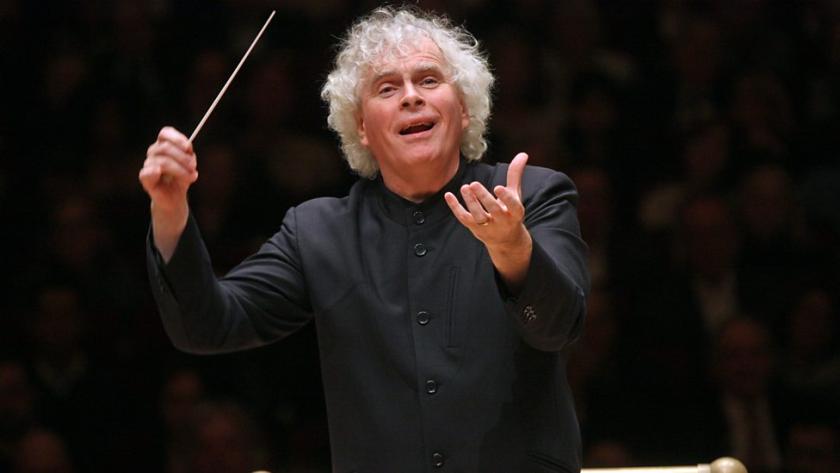

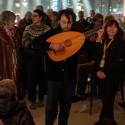
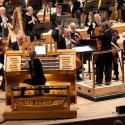









Add comment